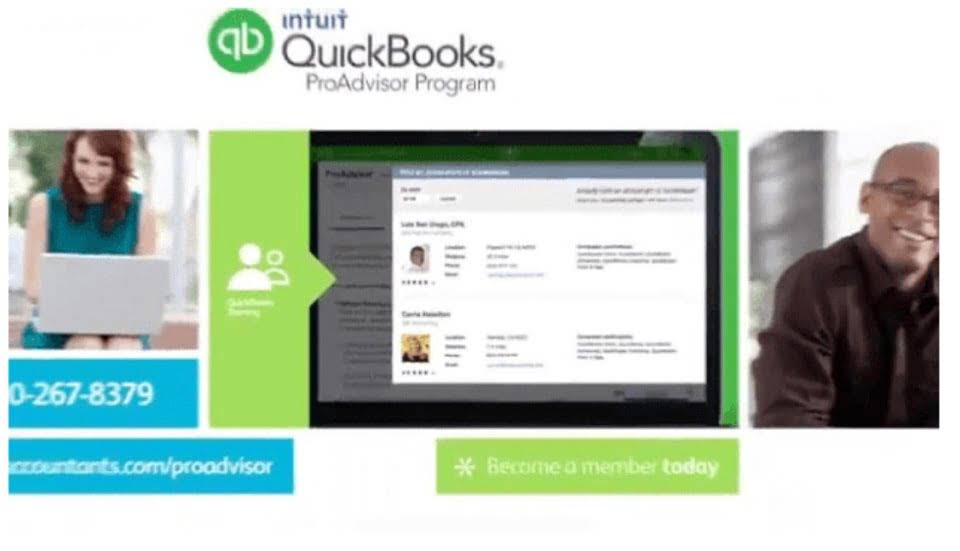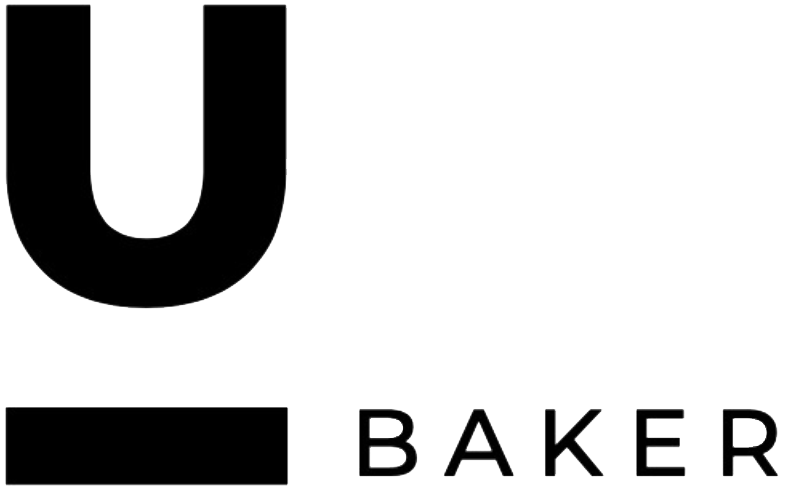
On November 1, 2018, National Company obtains a loan of $100,000 from City Bank by signing a $102,250, 3 month, zero-interest-bearing note. National Company prepares its financial statements on December 31, each year. National Company prepares its financial statements on December 31 each year. Therefore, it must record the following adjusting entry on December 31, 2018 to recognize interest expense for 2 months (i.e., for November and December, 2018). On November 1, 2018, National Company obtains a loan of $100,000 from City Bank by signing a $100,000, 6%, 3 month note. If the note is zero-interest n/p accounting bearing, the present value tables have to come into play.
Financial Accounting: The Effect of Business Transactions
Notes payable and accounts payable are both liability accounts that deal with borrowed funds. Once you create a note payable and record the details, you must record the loan as a note payable on your balance sheet (which we’ll discuss later). National Company must record the following journal entry at the time of obtaining loan and issuing note on November 1, 2018. Notes payable showing up as current liabilities will be paid back within 12 months. An interest-bearing note is a promissory note with a stated interest rate on its face. This note represents the principal amount of money that a lender lends to the borrower and on which the interest is to be accrued using the stated rate of interest.

Short-term and long-term notes payable:

A professional can also make sure you can afford that big purchase you’re considering. In addition to accounting and payroll services, we also offer CFO controller services, small business accounting, IRS help services, and auditing assistance to our clients. The proper classification of a note payable is of interest from an analyst’s how is sales tax calculated perspective, to see if notes are coming due in the near future; this could indicate an impending liquidity problem. You use 1/12 because you’re figuring interest for one month and there are 12 months in the year. John signs the note and agrees to pay Michelle $100,000 six months later (January 1 through June 30). Additionally, John also agrees to pay Michelle a 15% interest rate every 2 months.
Format of note payable
- The short term notes payable are classified as short-term obligations of a company because their principle amount and any interest thereon is mostly repayable within one year period.
- Many notes payable require formal approval by a company’s board of directors before a lender will issue funds.
- The core components include the principal (the initial amount borrowed), the stated interest rate, and the maturity date.
- Net profit ratio is also frequently referred to as profit margin on sales.
- NP is a liability which records the value of promissory notes that a business will have to pay.
- When preparing the financial statements as of November 30, 2013, Green Inc. makes an adjusting journal entry to record one month of interest in the amount of $250 ($50,000 x .06 x 1/12).
Both the items of Notes Payable and Notes Receivable can be found on the Balance Sheet of a business. Notes Receivable record the value of promissory notes that a business owns, and for that reason, they are recorded as an asset. NP is a liability which records the value of promissory notes that a business will have to pay. Again, you use notes payable to record details that specify details of a borrowed amount. With accounts payable, you use the account to record liabilities you owe to vendors (e.g., buy supplies from a vendor on credit). At some point or another, you may turn to a lender to borrow funds and need to eventually repay them.

- These acronyms can be confusing for those unfamiliar with accounting principles and financial statements.
- On November 1, 2018, National Company obtains a loan of $100,000 from City Bank by signing a $100,000, 6%, 3 month note.
- While N/P can sometimes stand for Net Profit, its most common meaning in accounting is Notes Payable.
- It shows the amount of profit earned by an entity for each dollar of sales and is computed by dividing the net profit after tax by the net sales for the period concerned.
- National Company must record the following journal entry at the time of obtaining loan and issuing note on November 1, 2018.
- Below is a break down of subject weightings in the FMVA® financial analyst program.
- It is common to confuse Notes Payable (N/P) with another liability, Accounts Payable (A/P), but they are fundamentally different.
These are written agreements in which the borrower obtains a specific amount of money from the lender and promises to pay back the amount owed, with interest, over or within a specified time period. It is a formal and written agreement, typically bears interest, and can be a short-term or long-term liability, depending on the note’s maturity time frame. The long term-notes payable are classified as long term-obligations of a company because the loan obtained against them is normally repayable after one year period. They are usually issued for buying property, plant, costly equipment and/or obtaining long-term loans from banks or other financial institutions.
Reading Financial Reports of Private Versus Public Businesses

Additionally, they are classified as current liabilities when the amounts are due within a year. When a note’s maturity is more than one year in the future, it is classified with long-term liabilities. Another problem Accounts Receivable Outsourcing with net profit ratio is that it is not a long-term measurement of profitability.















